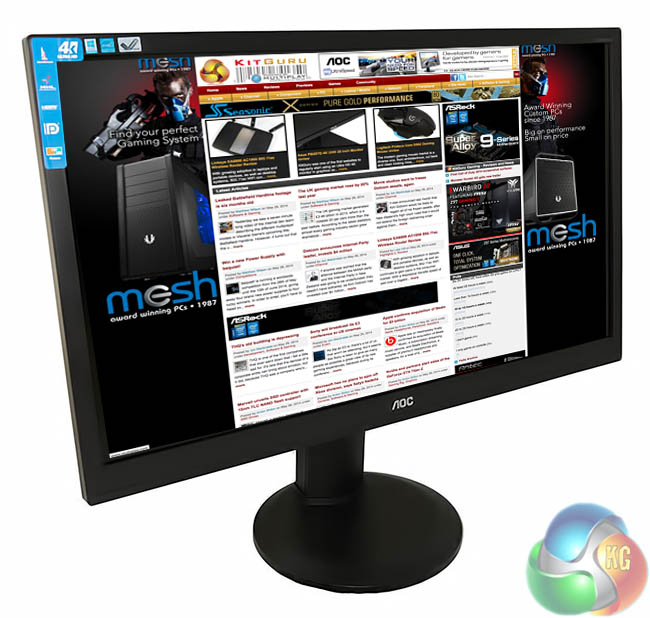For the review today we are using the latest Nvidia 355.65 drivers which were supplied with the GTX 950 cards by Nvidia themselves. All Nvidia hardware was tested using this driver in order to eliminate performance discrepancies relating to newer driver updates. The AMD cards were tested with the Catalyst 15.7.1 driver or the 15.201.1102 driver provided for the R9 Nano launch.
We test using the AOC U2868PQU 4K monitor that scored highly in our review that can be found HERE. AOC's 28″ offering is one of the most affordable 4K monitors on the market and makes the realms of 4K gaming more accessible to a wider audience. It also allows us to test comfortably at the 1920×1080 and 2560×1440 resolutions.
Test System
- Processor: Intel Core i7 5960X ES (4.4GHz OC).
- Memory: 16GB (4x 4GB) Corsair Vengeance LPX 3200MHz DDR4.
- Motherboard: Asus X99-Deluxe.
- System Drive: 500GB Samsung 840.
- CPU Cooler: Corsair H100i.
- Case: NZXT Phantom 630.
- Power Supply: Seasonic Platinum 1000W.
- Operating System: Windows 7 Professional with SP1 64-bit.
Comparison Graphics cards:
- Palit GTX 750 Ti StormX Dual 2GB (ForceWare 355.65)
- Asus GTX 950 STRIX DC2 OC 2GB (ForceWare 355.65)
- Palit GTX 950 StormX Dual 2GB (ForceWare 355.65)
- Palit GTX 960 Super JetStream 2GB (ForceWare 355.65)
- Sapphire R9 380 Nitro 4GB (Catalyst 15.201.1102)
- HIS Radeon HD 7850 2GB overclocked to reference R7 370 frequencies to give an insight into the R7 370 graphics card (Catalyst 15.7.1)
Software:
Unigine Heaven Benchmark
3DMark
Fraps
Steam Client
MSI Afterburner
TechPowerUp GPU-Z
Games:
Battlefield 4
Bioshock Infinite
Grand Theft Auto V
Metro: Last Light
Middle Earth: Shadow of Mordor
Tomb Raider
Game descriptions edited with courtesy from Wikipedia.
 KitGuru KitGuru.net – Tech News | Hardware News | Hardware Reviews | IOS | Mobile | Gaming | Graphics Cards
KitGuru KitGuru.net – Tech News | Hardware News | Hardware Reviews | IOS | Mobile | Gaming | Graphics Cards



